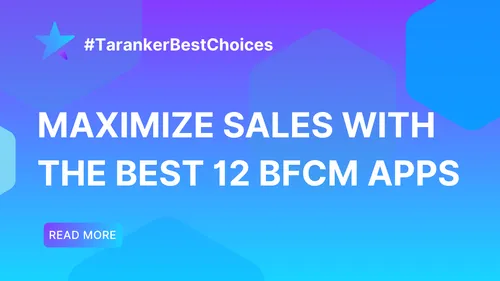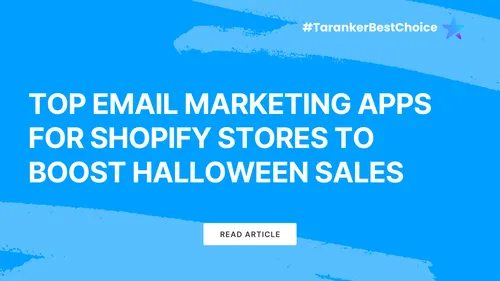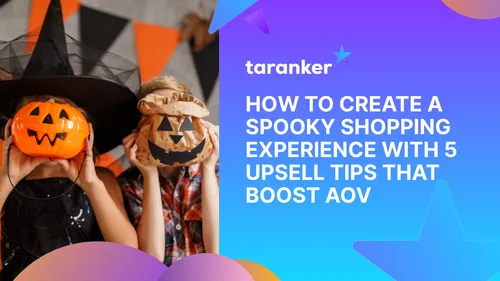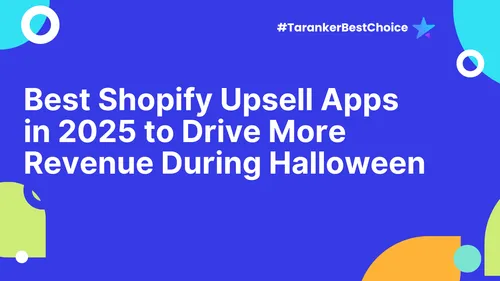In the competitive landscape of e-commerce, businesses are always searching for strategies to drive sustainable growth without relying solely on expensive marketing campaigns. One approach gaining traction is the product-led strategy. This method leverages the inherent value of your product to fuel expansion, making it an ideal fit for online retailers aiming to stand out. In this article, we’ll define what a product-led strategy entails, explore its application in e-commerce, and highlight real-world examples supported by data. By the end, you’ll have a clear roadmap to harness this approach for your own business. Let’s dive in.
What Is a Product-Led Strategy?
At its core, a product-led strategy prioritizes the product as the primary driver of customer acquisition, retention, and growth. Rather than depending on aggressive advertising or sales tactics, this approach focuses on creating a product so compelling—whether through quality, usability, or innovation—that it naturally attracts and retains customers. The product becomes its own advocate, encouraging organic referrals and repeat purchases.

While this concept originated in the software industry with companies like Slack and Zoom offering free trials, it’s highly adaptable to e-commerce. Here, it translates to offering physical or digital products that deliver exceptional value or experience. Consider a high-performance fitness tracker or a subscription service tailored to customer needs—these products don’t just sell; they inspire loyalty and word-of-mouth promotion.
Why is this relevant? The global e-commerce market reached $5.8 trillion in 2023, according to Statista, and is projected to grow further. In such a crowded space, a product-led strategy can differentiate your brand by letting your offerings speak for themselves.
How to Apply a Product-Led Strategy to E-Commerce
Implementing a product-led strategy in e-commerce requires intentional steps to ensure your product takes the lead. Below are five practical ways to integrate this approach into your online store:
1. Focus on Exceptional Product Value
Your product must offer something extraordinary—be it superior quality, a unique feature, or a solution to a common pain point. Identify what sets it apart and refine it relentlessly. For instance, if you sell reusable water bottles, emphasize attributes like temperature retention or eco-friendly materials that compel customers to choose you over competitors.
2. Lower the Barrier to Trial
In software, this might mean a free trial; in e-commerce, it’s about reducing purchase risk. Offer free samples, flexible return policies, or low-cost introductory options. The aim is to get your product into customers’ hands, allowing its value to win them over.
3. Optimize the Customer Experience
A seamless online experience is critical. Ensure your website is intuitive, with fast load times, detailed product descriptions, and a streamlined checkout process. Research from the Baymard Institute (2024) shows that 69% of online shopping carts are abandoned, often due to poor usability—don’t let that derail your strategy.
4. Amplify Organic Advocacy
Encourage satisfied customers to share their experiences. Include social sharing tools on product pages, offer referral incentives, or add a personal touch like a thank-you note in shipments. When your product exceeds expectations, customers become natural ambassadors.
5. Iterate Based on Insights
Use customer feedback—gathered from reviews, surveys, or analytics—to refine your product and processes. A product-led strategy thrives on continuous improvement, ensuring your offerings stay aligned with customer needs and market trends.

Case Studies: Product-Led Success in E-Commerce
To illustrate the power of this approach, let’s examine two e-commerce brands that have successfully embraced a product-led strategy, backed by real data.
Case Study 1: Allbirds (Sustainable Footwear)
Allbirds disrupted the footwear industry with its sustainable, comfortable sneakers crafted from natural materials like merino wool. Rather than leaning heavily on traditional advertising, they focused on a product that customers couldn’t resist sharing.
-
How They Executed It:
-
Product Excellence: Sneakers that blend comfort, style, and sustainability.
-
Risk-Free Purchase: A 30-day return policy to build trust.
-
Organic Growth: Social media buzz, with over 1 million Instagram followers, fueled by customer enthusiasm.
-
Results: Allbirds reported $297 million in revenue in 2023 (per their annual report), with much of its early growth driven by organic advocacy rather than paid campaigns.
Case Study 2: Dollar Shave Club (Razor Subscription)
Dollar Shave Club redefined the grooming market with its affordable, convenient razor subscription. While their viral video gave them a boost, it was the product’s simplicity and reliability that sustained their momentum.
-
How They Executed It:
-
Clear Value: High-quality razors at a fraction of retail prices, delivered effortlessly.
-
Low Entry Point: A $1 starter kit to hook new users.
-
Customer Engagement: A relatable brand voice that encourages sharing.
-
Results: By 2022, they had 4 million subscribers (Statista), leading to a $1 billion acquisition by Unilever—a testament to their product-led success.
Why This Matters in 2025
In today’s e-commerce environment, customer expectations are higher than ever. A 2024 Shopify report notes that 62% of consumers prefer brands that deliver meaningful value, and they’re quick to abandon those that fall short. A product-led strategy meets this demand by emphasizing quality and experience over gimmicks. It’s also cost-effective—reducing reliance on paid ads in favor of organic growth can improve margins in an increasingly expensive digital ad space.
Conclusion
A product-led strategy offers e-commerce businesses a powerful way to thrive in a competitive market. By crafting a standout product, removing barriers to adoption, and fostering customer advocacy, you can drive growth that’s both sustainable and scalable. Companies like Allbirds and Dollar Shave Club demonstrate that when your product takes the lead, success follows naturally. Take a closer look at your inventory—what’s your strongest contender? Refine it, promote it, and let it pave the way for your brand’s future.













